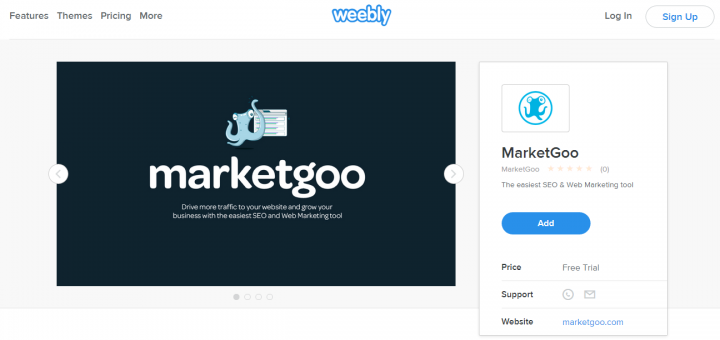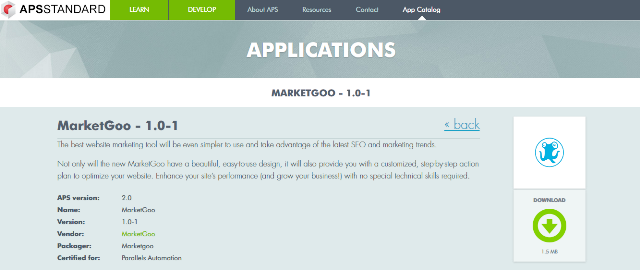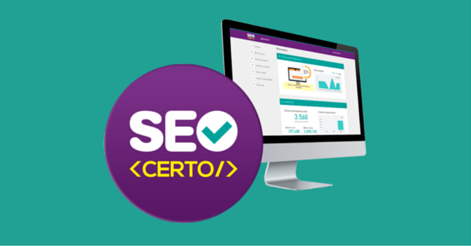This week, we talked with Robert Graham, Founder of Keepify. He generously agreed to guest post on how to turn unhappy customers into loyal advocates.
This was written with the Hosting Industry in mind, as it’s a place where acquiring new customers just isn’t enough, because the larger part of revenues are generated through recurring billing. So it’s crucial to keep customers happy in the long run, keeping their Customer Lifetime Value (CLV/LTV) high and offering value-added services. Competition is tight because most providers have similar offers, with price being the only differentiator. If you want to read more about how to provide more value to your SMB customers, read our series on web marketing.
However, as you go through Robert’s points, you’ll realise that they can apply to a great many industries.
3 Ways To Turn Complaining Customers Into Loyal Advocates
Acquiring new customers is an enormous challenge in any industry. Most businesses put minimal effort and attention into impressing and retaining existing customers, but that particular strategy can pay dividends in many other areas. For a subscription or recurring revenue model any customer that sticks around improves important business metrics like LTV. Happy customers tell friends and recommend new business. Any opportunity to stand out next to your competition should be seriously considered on its merits. Mature industries don’t always allow for much differentiation outside of costs.
With all that in mind, mature industries have lower prices, more competition, and higher customer expectations. It’s not easy to please and it’s difficult to justify big expenses and projects. We’re here to discuss some ways you can turn your existing customers into loyal advocates and create your own unfair advantage in your industry.
Happy customers in a high switching cost industry are definitely an unfair advantage.
Handling Failure
Servers go down, bugs are created, and it will happen even in the face of your best efforts. Your people are on vacation and it’s 3 a.m. when something bad happens. The most important thing is how you handle it. You want your customers to keep faith in you. Any good piece of software shows its work. It gives feedback on what is happening even when the events are otherwise invisible and perhaps not triggered by the user. That sort of feedback maintains some level of trust. If all you ever see is an hourglass, you’re going to kill the app and assume it’s broken. If your service is down and your users don’t hear from you, you can’t maintain trust.
You don’t have to explain everything during the crunch time of solving the problems, but send assurances via email and a social outlet like Twitter that makes sure customers know you care, you’re working like crazy, and trying to solve it for them. After the crunch, publish or send an explanation you are comfortable with. It might be lighter on details, but the more honest you can be the more your customers will connect with it. They know it’s hard to maintain an always on service. Become human to them and reframe the “100% Uptime” debate in terms that are meaningful.
Treat the customer the way you wish your vendors treated you. It’s really that simple. This will build a real relationship with folks.
Find the Bright Spots
You already have some customers that pay more than others, some that promote your service or brand, and some that tell you nice things about your service. Your job is to understand who those customers are and why they feel that way. What makes them happy with your product? Why did they buy the top level plan? What is different about these few from the complaining customers? I can assure you answering these questions will teach you something about your business.
Once you understand those customers, you should focus on two things:
- Find more of those people. Where did you acquire them and how did they buy?
- Improve your service and offerings for these customers. What do they want? What would they change about your service with a magic wand?
This doesn’t mean to stop paying attention to other customer’s support requests. You simply start focusing your marketing and engineering efforts toward tightening your grip on a particular vertical of users. The good thing about this strategy is you can identify and chase multiple verticals with ads and landing pages if you have the marketing budget and resources. Sometimes we don’t see our happy customers for all the complaining. This is your opportunity to speak directly to those people, understand them, and make them happier. It is a rewarding experience for everyone and a solid business move.
Promote Your Customer’s Success
Once you’re interviewing your best customers, you might as well use that information as content to both attract more of those customers and also to promote your existing customers. Businesses love to get free promotion and you almost certainly need content for your blog, podcast, social media, or newsletter. You do have a newsletter or email list, right?
If your vendors got you new business, would you part ways with them? If they sent you email with stories about how some of your friends and competitors handled challenges in the industry would you read them each week? If your customers aren’t in similar industries and don’t want to hear those stories, then select for content that has overlap like the business practices around your service. Bias the content selection toward what your best customers care about.
This concept ties in with Jason Fried at 37 Signals strategy to use your byproducts to your advantage. Talking to customers is good sense. Doubling down on your best customers is a good tactic and using that to attract more and further delight those you have is great strategy.You have the bright spots already. Your next step is to use them. Treat them right and promote them as much as you can.
Each of these tactics feeds on the other and not one requires an enormous budget or engineering outlay. You can get started today with some simple queries and a phone call to that customer you’ve meant to speak with anyway
About Keepify
Keepify helps your SaaS businesses keep more customers. It helps you understand your best customers, onboard your new customers, predict churn, and reach out to each type of customer as needed. Robert Graham ([email protected]) is the founder of Keepify and the author of Cold Calling Early Customers. He is happy to chat about your business.









